- Culture
- Architecture
One of the richest repositories of the Mediterranean, with over 80 years of history, this Museum’s mission is to conserve and interpret the country’s maritime legacy and tell its many stories.
Located on the slope of Montjuïc, at the Mediterranean Sea and just opposite the Christopher Columbus Monument, the historic building of the Royal Shipyard of Barcelona is today the site of the city’s Maritime Museum. The structure itself is remarkable, being one of very few Medieval buildings of its type still standing and carefully preserved. Its history goes back to the 13th and 14th centuries, when the Kingdom of Aragon set out on its journey across the Mediterranean, bound for the Balearic Islands, Corsica, Sardinia, and Sicily.
The building is a kind of mariners’ church, spanning 18,000 square meters throughout a series of Gothic naves in which carpenters, riggers, and caulkers used their craft and ingenuity to bring life to a fleet of ships that would set off from the port of Barcelona on a journey through the waters of the Mediterranean.
The most admired and valuable piece in the Museum is the to-scale reproduction of the Royal Galley of Don Juan de Austria, which was built in Barcelona and at the forefront of the Holy League during the 1571 Battle of Lepanto against the Ottoman Empire. Today it sits in the shipyard’s central nave, measuring 60 meters in length and 6.2 meters wide. During battles, its crew comprised 400 men, 236 of whom were oarsmen. Neptune riding upon a dolphin adorns its figurehead, while a triple-lantern symbolizing Faith, Hope and Charity sits at the stern.
The Maritime Museum is a window onto mankind’s great seafaring adventures, a story which it tells through its collection boasting 6,600 pieces, making it the largest repository of its kind in southern Europe. For centuries, Barcelona has grown alongside the Mediterranean Sea, and the Museum is just the tip of the iceberg when it comes to learning about the lives and stories of sailors, fishers, pirates, merchants, and other sea-going types who altogether and individually demonstrate the rich and close relationship between man and the sea.
The European arrival on the Americas and the complex relationships established between the continents is granted special attention and space for reflection at the Museum. To-scale models of the fleet used on Christopher Columbus’s first voyage bring us into a space designed to really situate us in and amidst one of the ships headed for the unknown.
Another area of the Museum is dedicated to the first circumnavigation of the world, at the hands of Ferdinand Magellan and Juan Sebastián Elcano, and features a model of the Victoria, the only ship to complete the epic journey. With maps, nautical instruments, and charts, the display explains the extraordinary process which culminated in 19th century, giving us the image of the world that we have today.
The Museum also shows an extensive collection of models of galleons, frigates, corvettes, brigantines, polaccas, and schooners, not to mention giant transatlantic steamships and fishing boats.


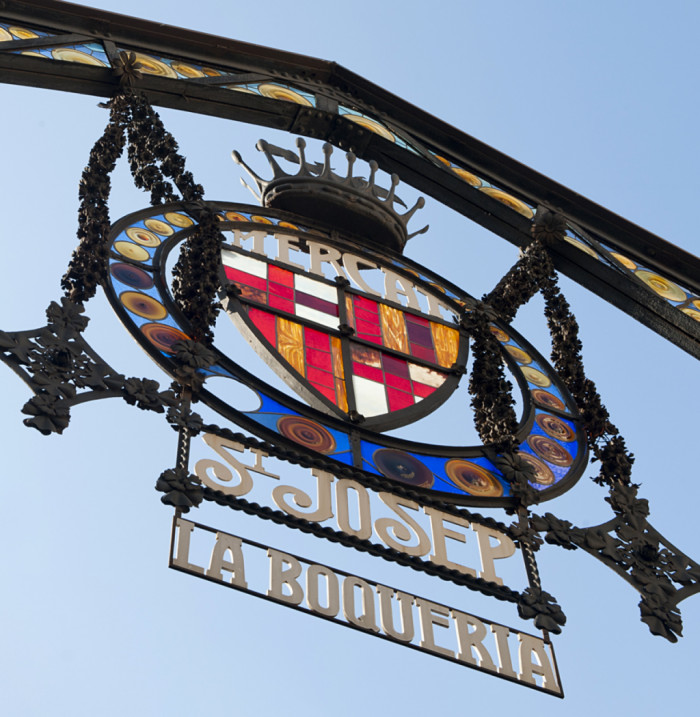

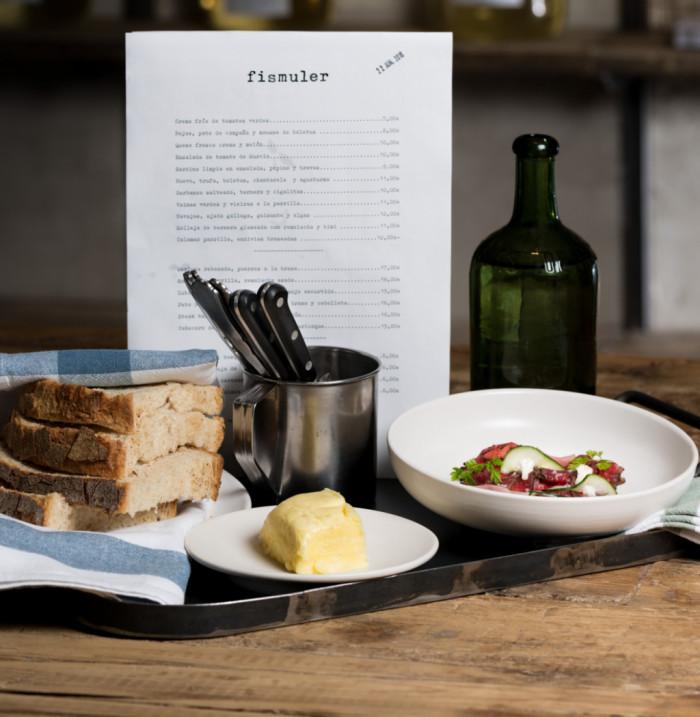

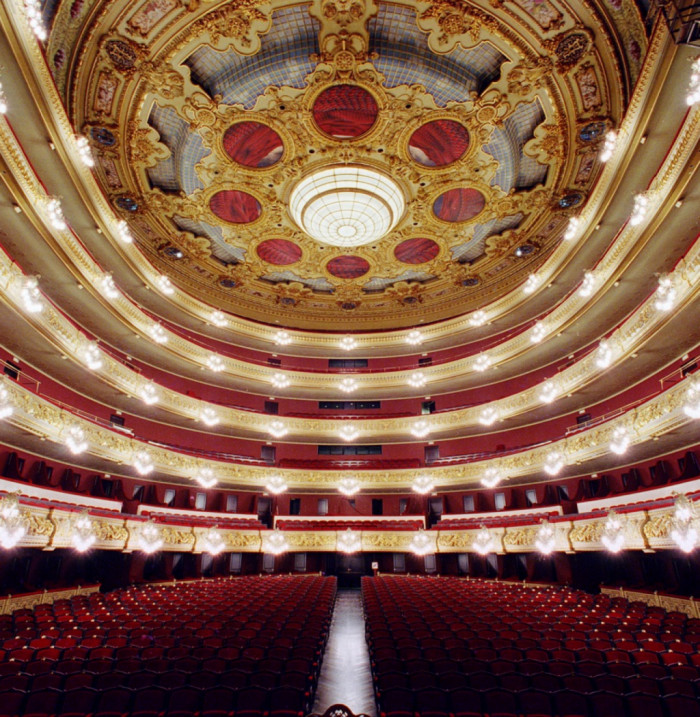
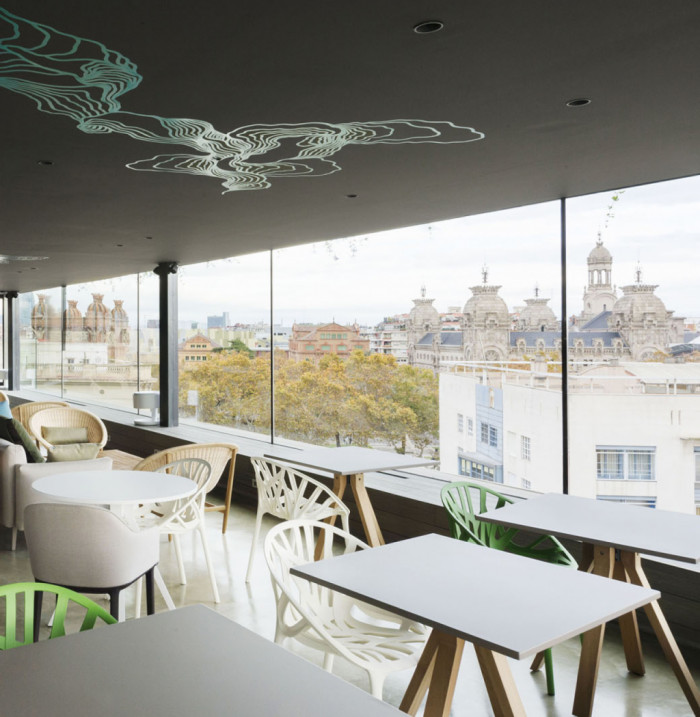
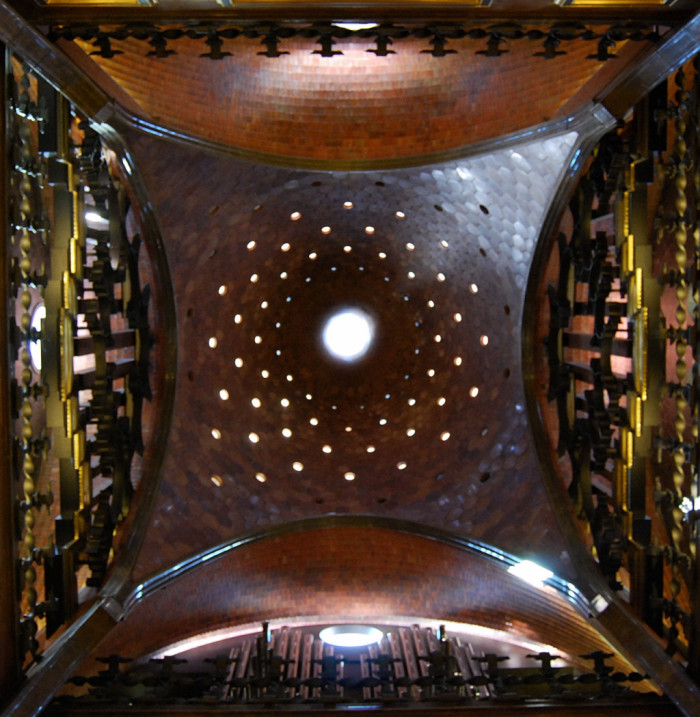
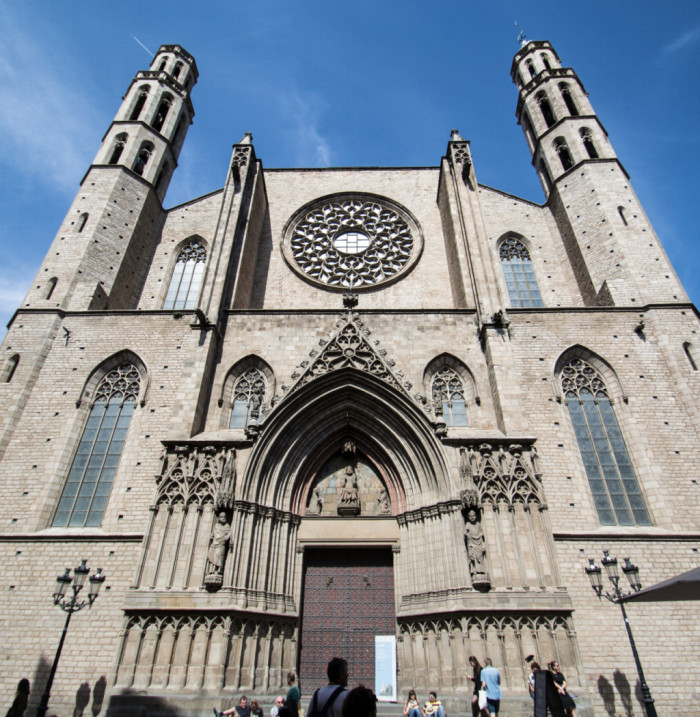
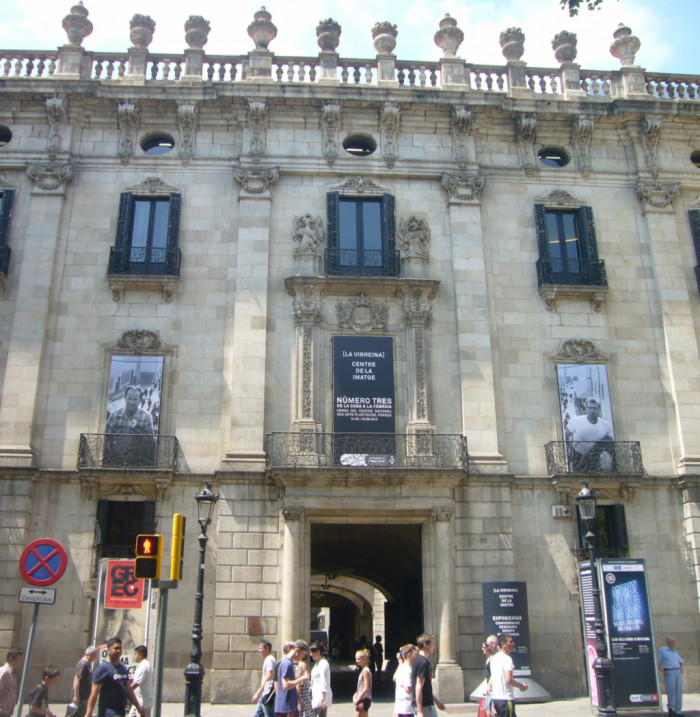
Serio, profesional;,,,. Un gran museo. Se nota que lleva tiempo abierto. Experiencia y sabiduríah. También se puede comer o tomar algo en sus preciosos jardines, donde descansa un submarino de madera. Uno de los pioneros de su especie.
El museo abrió en el año 1941 y se ubica en las Atarazanas Reales de Barcelona, una construcción de estilo gótico que se edificó entre 1283 y 1390.
El museo cuenta con varias salas y diferentes réplicas de barcos famosos.
Abre todos los días de 10 a 20 horas. La entrada general tiene un valor de 10 euros aunque los domingos a partir de las 15 horas es gratuito.